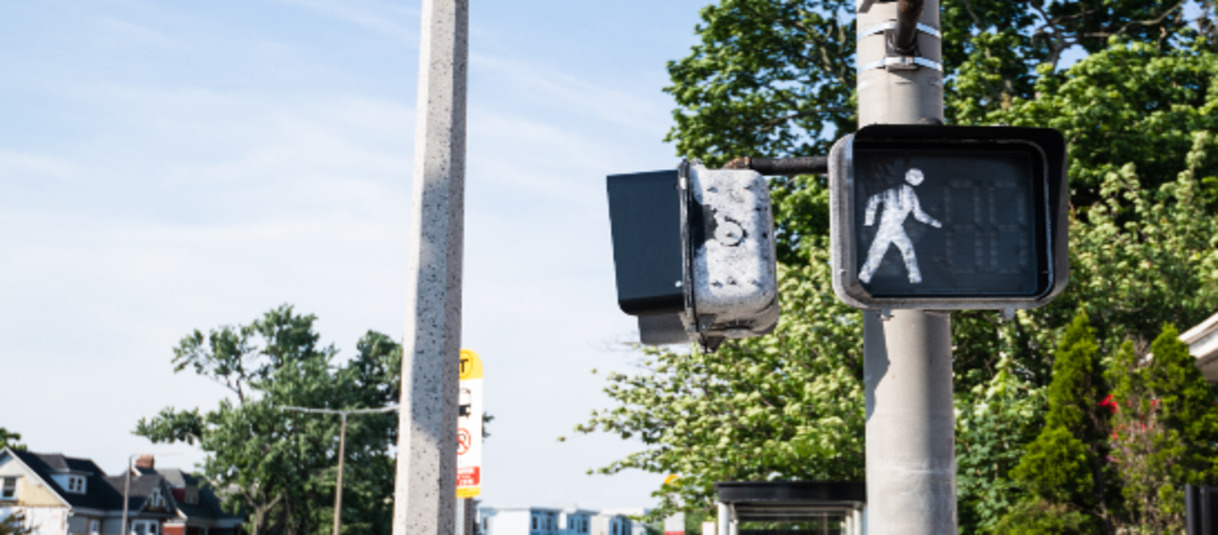Getting Serious About Motor Vehicle Deaths
Over the past 10 years, motor vehicle death rates have skyrocketed, with deaths involving vulnerable road users like pedestrians and cyclists growing the fastest. Motor vehicle death rates in the U.S. are four times higher than in other high-income nations in Europe and Asia.
To address this national road safety crisis, the Transportation Research Board of the National Academy of Sciences, Engineering, and Medicine—responding to a request from the Federal Highway Administration (FHWA), the American Association of State Highway and Transportation Officials (AASHTO), and the Insurance Institute for Highway Safety (IIHS)—assembled an expert committee to study the process for transitioning evidence-based road safety research into practice and to recommend process improvements.
The fruit of their efforts is the recently released report, TRB Special Report 353: Tackling the Road Safety Crisis Saving Lives Through Research and Action.
 The 12-member committee comprised highly vetted, unbiased experts in various aspects of road safety, representing state and municipal departments of transportation, safety research, medicine, and the motor vehicle industry and was chaired by Joseph Schofer, Professor Emeritus in the Dept. of Civil and Environmental Engineering at Northwestern University.
The 12-member committee comprised highly vetted, unbiased experts in various aspects of road safety, representing state and municipal departments of transportation, safety research, medicine, and the motor vehicle industry and was chaired by Joseph Schofer, Professor Emeritus in the Dept. of Civil and Environmental Engineering at Northwestern University.
While road safety research—evidence-based-findings that document the effectiveness of crash prevention measures—is abundant, it varies in quality and timeliness, and the process of getting implementable guidance to practicing engineers is slow and cumbersome.
“The engineers in the field don't read the research, they read a manual that tells them what to do, and they do what the states want them to do,” explained Professor Schofer.
“Traditionally, state departments of transportation focus on moving traffic,” he said. “They’ll tell you that safety is a priority but if you look at how they spend their money, it isn’t. Their priority is throughput—they want to move as many motor vehicles as possible, they want to help drivers save time.”
But states can be resistant to implement crash reduction actions that work to prevent pedestrian deaths.
“An action that we know works is automated enforcement of speeding and red light running, yet only 26 states permit the use of these technologies—why do they outlaw them? Because people don’t want to get caught,” Schofer said. “Automated enforcement catches people, but it also changes behavior. So part of the problem, if you start with the death rates being where they are, is that we’re treating roadway fatalities as the cost of doing business.”
The report's authors make a series of recommendations to the U.S. Department of Transportation including establishing a coordinated, data-driven national road safety research strategy across all federally funded safety programs and improving the efficiency of moving crash intervention research results into practice.
“We need to look into moving research into practice; we need to see the barriers and start knocking them down,” said Schofer. “There are half a dozen sources of technical guidance for traffic engineers to decide what to do at a location, and they conflict with each other. They’re also incomplete so an engineer doesn't have clear guidance. Our recommendation is to look at all that guidance, bring it together, and create one set of guidance that’s internally consistent, then get it out into the field.”
The study also calls for the establishment of a federally funded National Road Safety Research Center to implement these recommendations and raise the profile of U.S. road safety efforts.

